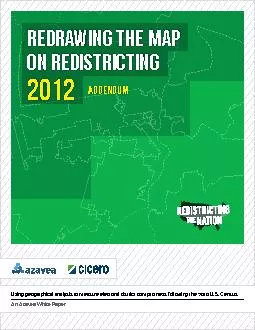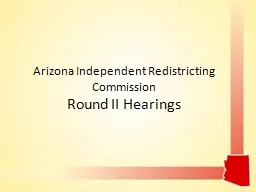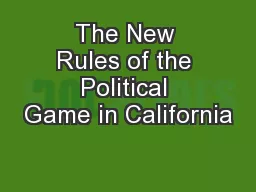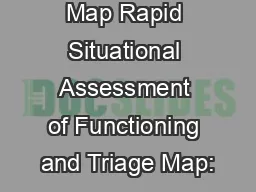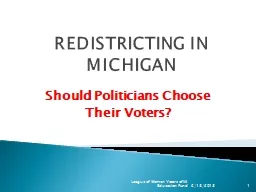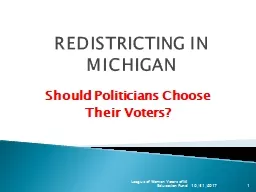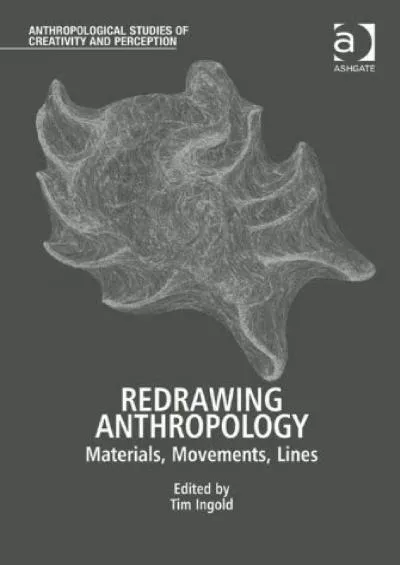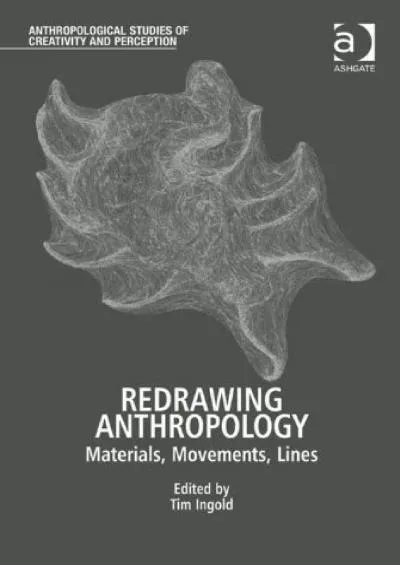PDF-REDRAWING THE MAP ON REDISTRICTING
Author : giovanna-bartolotta | Published Date : 2015-10-06
2012 DDENDUM Using geographical analysis to measure electoral district compactness following the 2010 US CensusAn Azavea White Paper Azavea x2022 340 North 12th
Presentation Embed Code
Download Presentation
Download Presentation The PPT/PDF document "REDRAWING THE MAP ON REDISTRICTING" is the property of its rightful owner. Permission is granted to download and print the materials on this website for personal, non-commercial use only, and to display it on your personal computer provided you do not modify the materials and that you retain all copyright notices contained in the materials. By downloading content from our website, you accept the terms of this agreement.
REDRAWING THE MAP ON REDISTRICTING: Transcript
Download Rules Of Document
"REDRAWING THE MAP ON REDISTRICTING"The content belongs to its owner. You may download and print it for personal use, without modification, and keep all copyright notices. By downloading, you agree to these terms.
Related Documents

